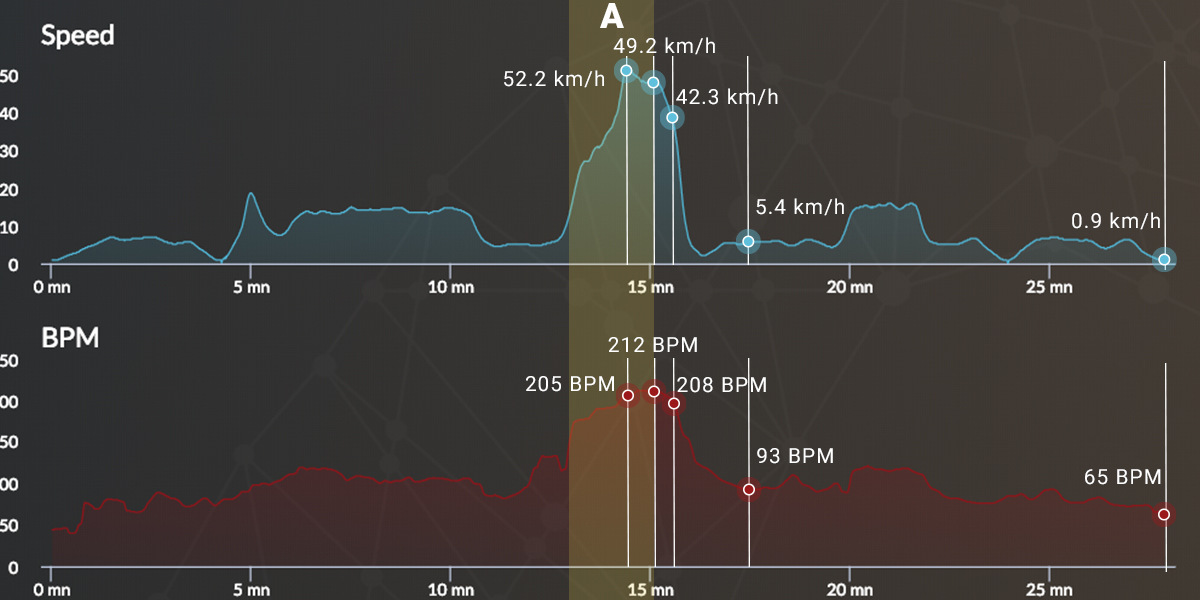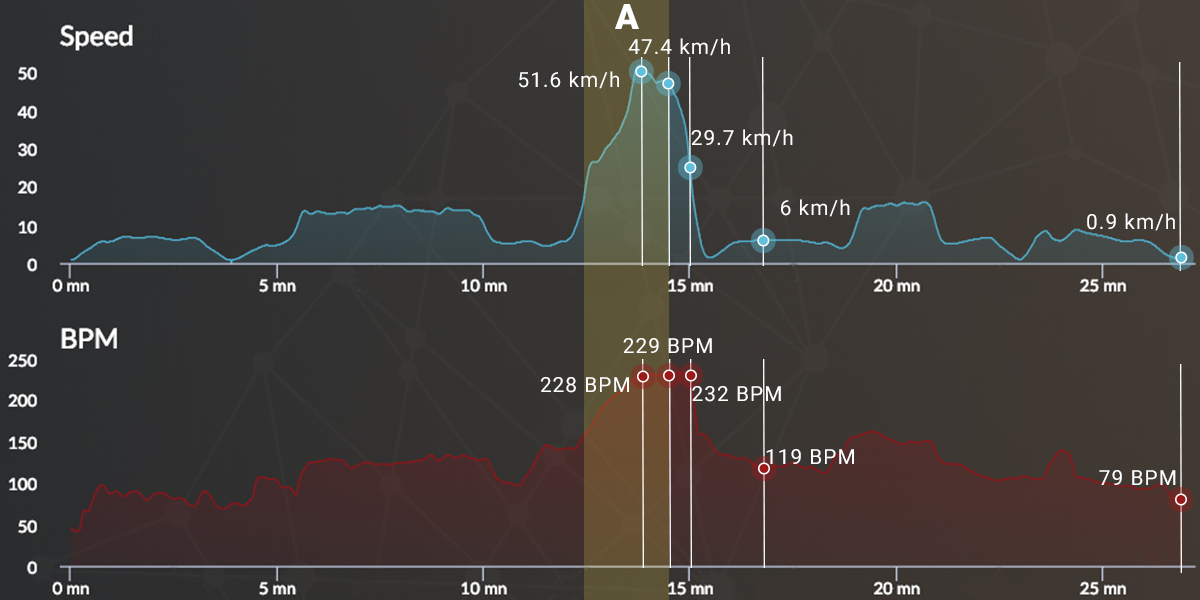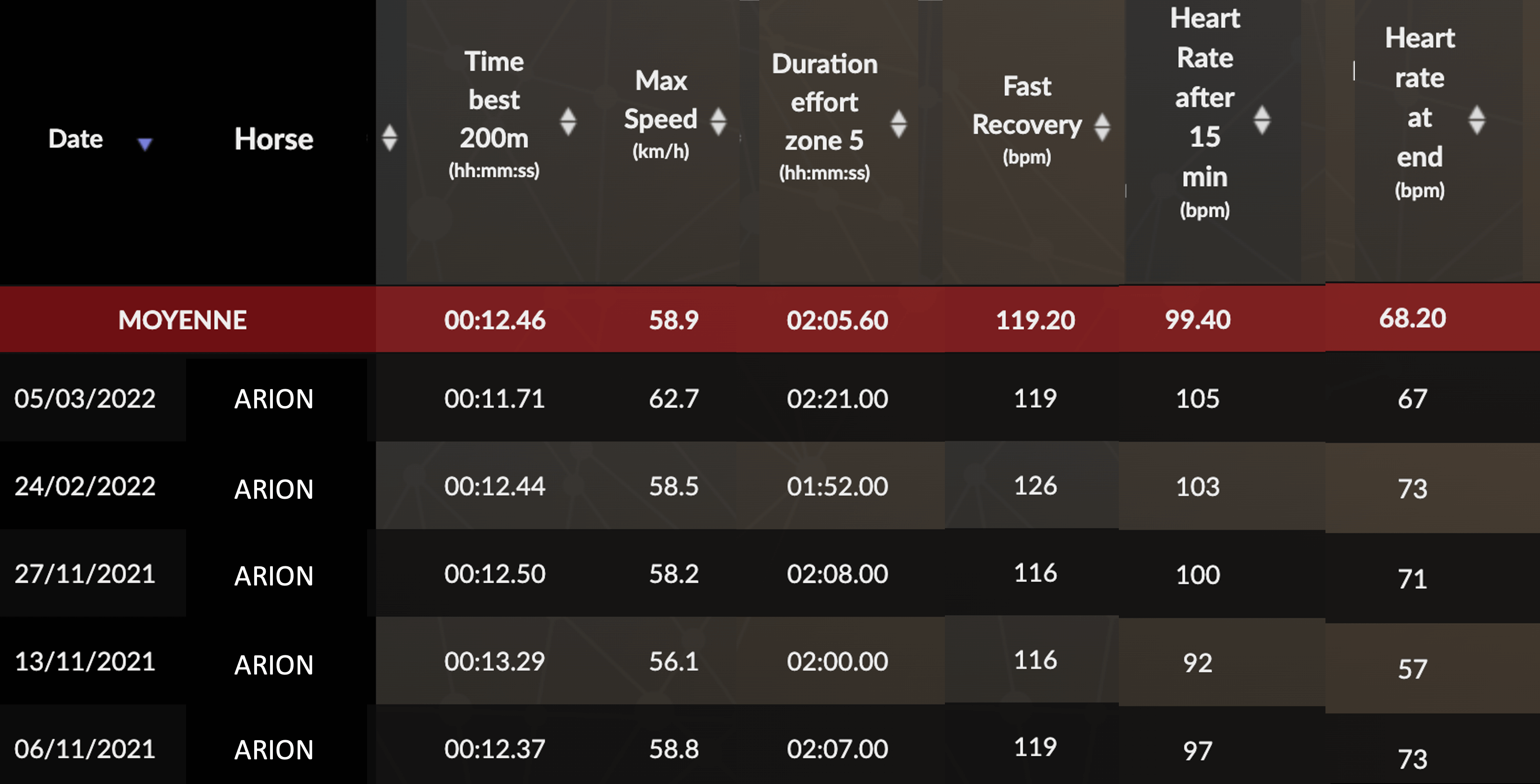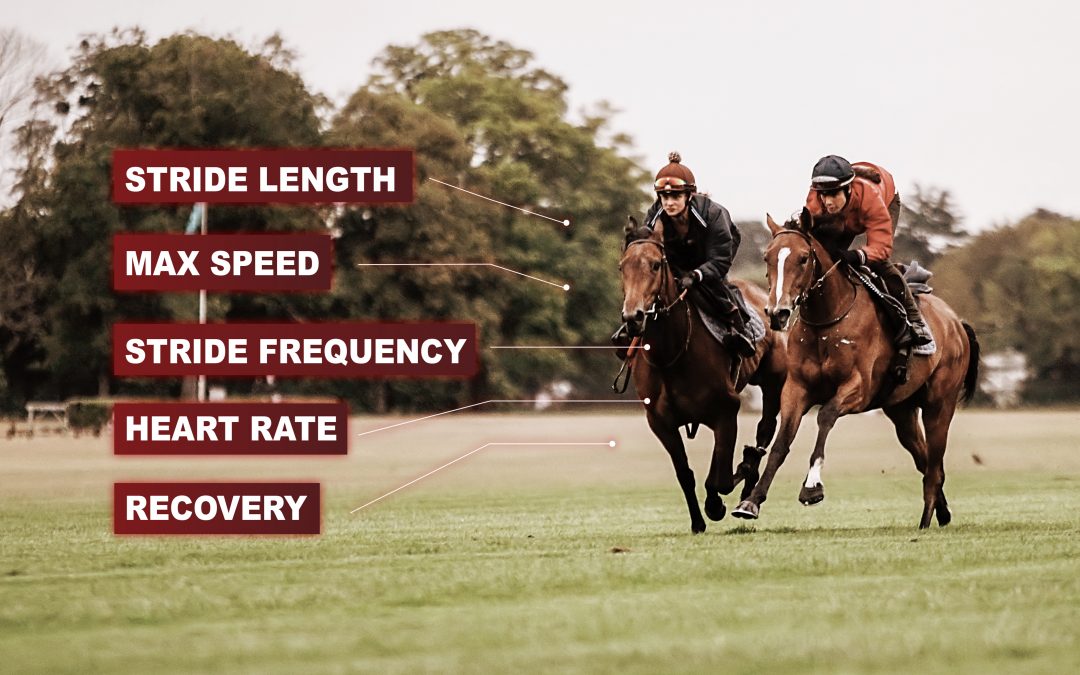Debutant horses symbolise the future champions of horse racing.
How can data science assist you in making the most of their first racing experience?
The first race is an important milestone and one of the most exciting moments in a horse’s career. Many parameters have to be taken into account before this day. Indeed, young horses discover for the very first time the environment linked to racing: the public, the excitement, the speakers, the other horses etc. Each horse reacts differently when he discovers this peculiar environment. While some will be stimulated others will be tetanized by stress. This article puts to light the different elements to take into account when preparing a new horse for its first appearance on the racetrack.
Being certain of debutant horses’ good physical condition
Before enrolling a horse for his first race, it is mandatory to make sure that he is in a good physical condition. This ensures all horses run risk-free without endangering their health. Races are stressful for the body and the horse must be in optimal shape, to avoid a negative experience that would impact the future of his career.
What happens in the horse’s organism on the D day ?
During the race, the horse’s body uses three main mechanisms to produce energy and maintain his speed. Firstly, the aerobic mechanism uses oxygen to break down fat into energy. Secondly, the alactic anaerobic mechanism breaks down sugars in the muscles to generate energy. This produces waste products that are eliminated by the oxygen. Finally, the third mechanism, called lactic anaerobic, occurs when the oxygen supply is no longer sufficient to eliminate the waste produced by the anaerobic mechanism. This causes lactic acid accumulation in the muscles. The muscles then become painful and the effort can no longer be sustained. The effort required by a race involves these 3 metabolisms. Without a good physical condition, a horse’s organism mainly uses the anaerobic lactic acid system to support the effort. His muscles become painful very quickly and it is difficult to maintain the effort.
By monitoring young horses, a trainer is able to evaluate their Maximum Aerobic Speed (MAS). This is the threshold speed at which the horse consumes the maximum amount of oxygen and beyond which he will shift to anaerobic. To do this, fitness must be monitored and evaluated thanks to elements such as the trainer’s expert eye, the rider’s feelings, but also the heart rate and recovery parameters. A fit horse will show a low heart rate during intense training: his body is used to perform high-intensity efforts. This can be confirmed by analyzing the recovery straight after the effort and 15 minutes after.
Example

Horse 1

Horse 2
In this example, two horses from a training stable performed the same training. Horse 1 has a heart rate of 212 bpm, which corresponds to 89% of his heart rate. The effort was of a fairly intense nature, but the heart rate curve decreases in the sequence as the speed curve. The horse is therefore in good condition as he recovers well. His muscles did not contract any oxygen debt to eliminate the lactates produced by the effort.
On the other hand, Horse 2 reaches his maximum heart rate during training. The effort required was very intense for him. The high heart rate after the effort is a sign of oxygen debt contracted during the workout. The heart rate remains high in order to provide sufficient oxygen to the muscles while the lactates are eliminated. Therefore, we deduce that Horse 2 is not in condition yet to maintain a satisfying racing speed.
Defining the debutant horses’ first race strategy, key for the rest of his career
Once fitness has been checked, it is important to define the goals of the first race in order to align all the members of the horse’s environment around the same vision. The first race is an educational lesson for the young foal. If he is to continue his career, he must take away a positive lesson from his first appearance on the racetrack. Depending on his character, origins or personality, the goals and strategies will not be the same for all newcomers.
What about school races?
Since Dar Toungi, Mr. Seroul’s horse, trained by Jérôme Reynier, racing schools have been much debated within the French racing industry. Many actors are in favor of setting up this process, while others support it represents a logistical challenge that can not be assumed. Already set up in Australia, Hong Kong and since 2018 in Ireland, these races offer a first positive experience to novice foals without requiring the intensity of a race. These school races promote the discovery of the race environment in conditions close to real ones. They also allow the horse to be revealed in a more favorable environment. Finally, the idea of a meeting is also to identify the different points to work on before competing in a real race.
3 practical cases to explore before debutant horses start racing
Compare with reference horses that have already started
Nothing can replace a trainer’s experience, however it is even more relevant when coupled with analysed data. By comparing the new horse’s physical and fitness data with a well-known reference horse that has started successfully, one can build an objective opinion and know what to expect.
We then look for :
– Similar speed characteristics: best 600m and best 200m equal or inferior to the training of the reference horse.
– A better or similar fitness: recovery straight after the effort and 15 minutes after, as well as % spent in anaerobic zone.
– To reflect on the distance to run we can compare the stride frequency at 60 km/h: higher stride frequency run a little shorter than the reference horse? Lower stride frequency engage longer?
Let’s take the example of Arion I and Arion II. Arion I is a first time race winner, and the data presented below shows his last monitored training before this first race. Arion II is a debutant horse preparing for his first race.
The trainer decides to compare their data. We notice right away that Arion I had a better physical condition. Indeed, his recovery data is better, although they both completed their 200m with a similar time. Arion II may not be ready to start racing yet.

Data from the Equimetre platform
Having standardised trainings and work on speed over a race distance when the horse is ready to assess physical abilities and experiment with speed at least once before the race
To carry out this comparison work, the ideal is to carry out a standardised speed exercise under the same conditions. The foal, once he is physically ready, should experiment high speed at least once before the race, over a short distance. This allows him to improve his neuromuscular coordination at high speed and to apprehend better his own body before his first race.
This speed work can, for example, take the form of a gradual acceleration over 600m with the goal of pushing speed over a relatively short distance. Such an exercise really allows you to evaluate the horse’s physical abilities by comparing the best times with racing horses data.
Collecting reference data before the race
A first race systematically goes along with a first result, good or bad. Succeeding in quantifying and objectivising the horse’s fitness level before his first race allows to acquire reference data. Once collected, this data must be used to follow the progress of the young foal after his first race. For example, in order to follow the evolution of a youngster over time, these data constitute a reference to quantify and objectify his progression: how does his heart rate evolve for the same effort? How does he recover after intense exercise? How does his time evolve? etc. If the horse does not show the expected progress, it may mean that the training is not adapted or that the horse is in discomfort: the data collected therefore allows the horse to speak.
Arion is a 3 year old horse who started racing in April 2022. He won his first race!
His trainer monitored him at the end of his 2 year old year, as well as at the beginning of his 3 year old year. The data that can be seen below allows us to evaluate Arion’s progress.
The training of 05/03/22 is the last monitored training of Arion before his victory. This workout provides an excellent baseline for the preparation of the next race. The current data can be a goal to reach or improve, and serve as a reference point for the trainer to evaluate Arion’s fitness evolution.

Data from the Equimetre platform
Keywords: first race preparation, debutant racehorse preparation, foal physical condition, young horse monitoring


